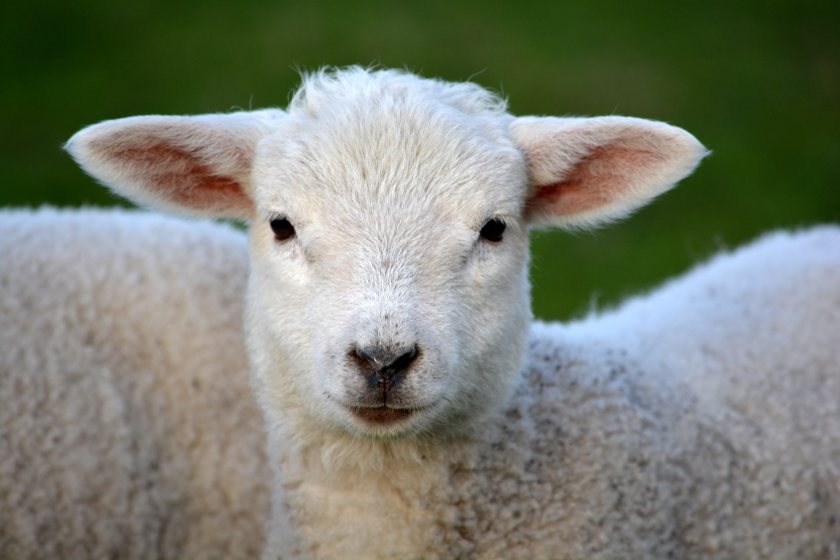
Observing behavioural changes in sheep could help farmers with lambing management, according to new research.
The Hartpury University study assessed the duration and frequency of behavioural observations of pregnant ewes as they approached lambing.
Having a greater understanding of behavioural changes before birth may provide opportunities for enhanced visual monitoring at this critical stage in the animal’s life, researchers said.
The hypothesis of the current study was that there is a change in sheep behaviour before giving birth, and this change can be visually observed.
As sheep are often managed in large groups, close inspection of individual animals can be difficult. Developments in animal tracking technologies have helped farmers to manage individuals and to detect ill or injured animals.
The insights from this study may assist lambing management, allowing sensors to make more frequent and effective behaviour observations during parturition, as problems and mortality will ultimately affect both animal welfare and farm productivity.
The objective of this study was to assess the duration and frequency of behavioural observations of pregnant sheep as they approached lambing.
Seventeen sheep were followed in this study, following the normal husbandry procedure of being housed as a group at about 6 weeks prior to lambing to allow for closer monitoring.
While the number of sheep used for this study appears small, it is consistent with other animal studies of a similar nature.
The behaviours of standing, lying, walking, shuffling and contraction behaviours, were recorded for each animal during both time periods.
The study found that sheep spend most of their time either standing or lying during pregnancy. It found that pregnant ewes spend about 10 hours per day lying and 10 hours per day standing, a similar statistic to that of other ruminant animals such as cattle when indoors.
This current study found an increased frequency of lying bouts, including contractions, before lambing. Pregnant ewes spent a large proportion of their time either lying or standing, with a higher frequency of standing and shuffling bouts.
Ewes that required assistance at lambing had more walking bouts compared to ewes that were unassisted.
The study concludes that monitoring behavioural patterns, such as lying and contractions, could indeed be used as an alert to the progress of parturition.
Professor Matt Bell, Director of Agriculture at Hartpury University, said: “Lambing is a critical time for sheep farmers across the UK and around the world, and large flocks present several challenges when trying to monitor individual animals.
"There are surprisingly few studies investigating the duration and frequency of behaviours of pregnant sheep, so I was delighted to be able to support this important research.
"The study paves the way for future research as it appears that observing changes in lying bouts and detecting contractions could assist farmers in monitoring parturition and ultimately enhancing sheep husbandry.”
